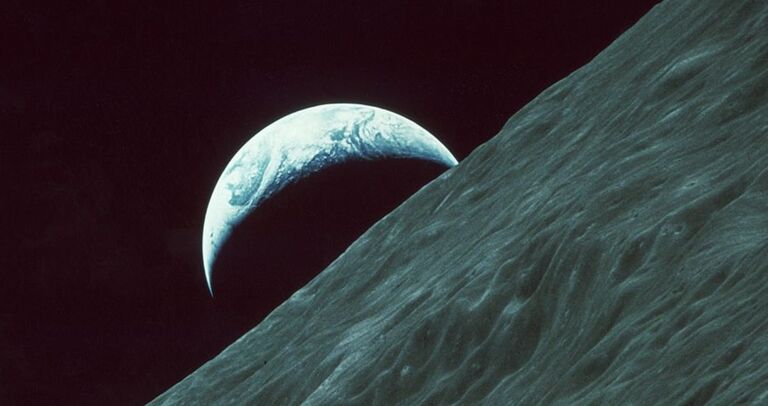Bizarre Facts About The Moon That May Have Something To Do With Why We Haven't Gone Back
The world watched with awe as the United States landed the first man on the moon with the Apollo 11 space mission in 1969. Space travel seemingly opened up a whole new world, and while the U.S. hasn't returned since the '70s, top scientists are learning more about our lunar partner every day. Research, old, and new, has revealed secrets of the moon that very few have learned, and could certainly determine whether or not future visits are worth it.
1. First Impression
When astronauts first shot up to the moon in 1969, they thought the mission would lead to their demise. With such little known about Earth's orbiting satellite, they were afraid that the ground itself would swallow them whole. Upon landing, they found it wasn't nearly as dangerous as they thought, at least for their short visit.
2. Learning From Above
The moon's ground is solid, and after studying samples from the satellite, scientists discovered that the moon has a "crust, mantle, and core—just like Earth." So astronauts found that they could stargaze and navigate the moon without breaking through the surface or spinning out of control from the lack of gravity. Although these similarities stirred up scientists' curiosity, further analysis would leave them disappointed.
3. Compared To Earth
Although the moon has been proven to be genetically similar to our planet in many ways, the lack of iron and other significant elements leaves no atmospheric gas or water. That's a part of why the moon is so barren. Only particles of dust float around. Aside from that, there is no life on the moon.
4. Barren Moon
During NASA's Apollo missions in the '70s, no living organisms were ever found to inhabit the moon. It's possible that could be due to the lack of breathable oxygen and fertile land from water, which is why astronauts have to wear their tightly sealed space suits to survive. Aside from those factors, there's another reason why life on the moon may be impossible.

